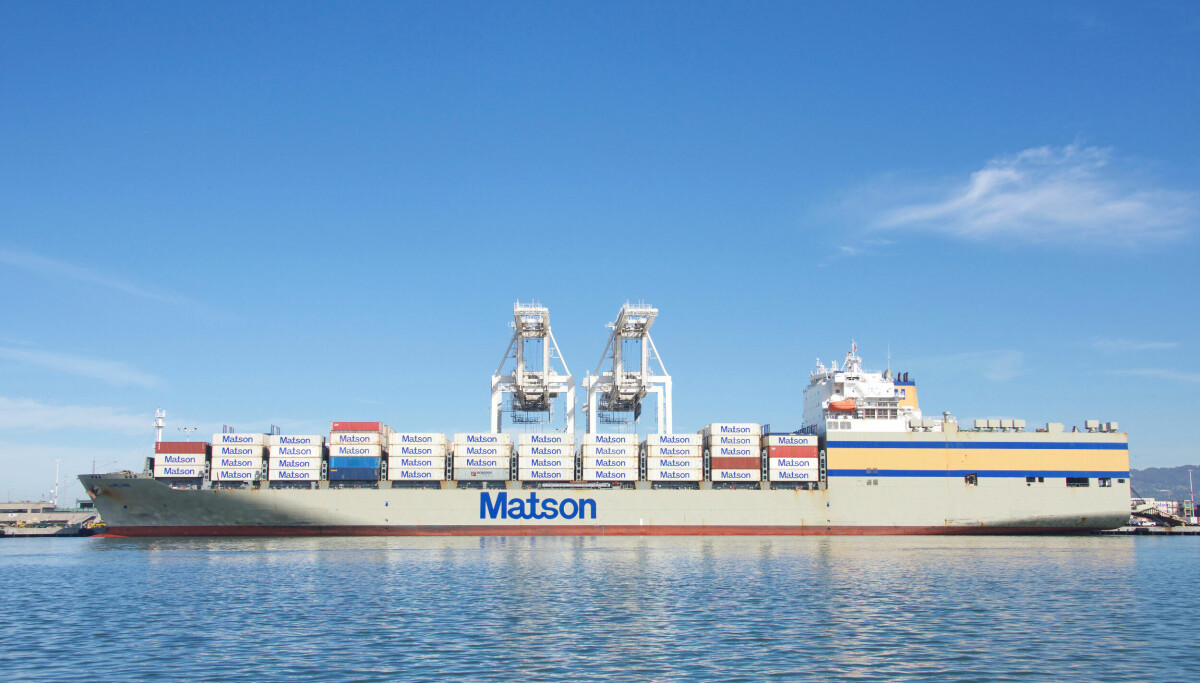Chargeride
Well-Known Member
So China was about to destroy western and Japanese car manufacturing by flooding us with cheap EVs.
Trump pulls out of Psris, only ten countries have turned up for the inbetweeny climate summit.
Everyone has dropped net zero, google, apple, blackrock, Sachs, Fema, the UK have ditched it for a Heathrow 3rd runway and all the European and US car manufacturers are talking ICE.
Its fkin hilarious.
If there ever was proof the whole thing was a construction of control..there it is.
Trump pulls out of Psris, only ten countries have turned up for the inbetweeny climate summit.
Everyone has dropped net zero, google, apple, blackrock, Sachs, Fema, the UK have ditched it for a Heathrow 3rd runway and all the European and US car manufacturers are talking ICE.
Its fkin hilarious.
If there ever was proof the whole thing was a construction of control..there it is.


